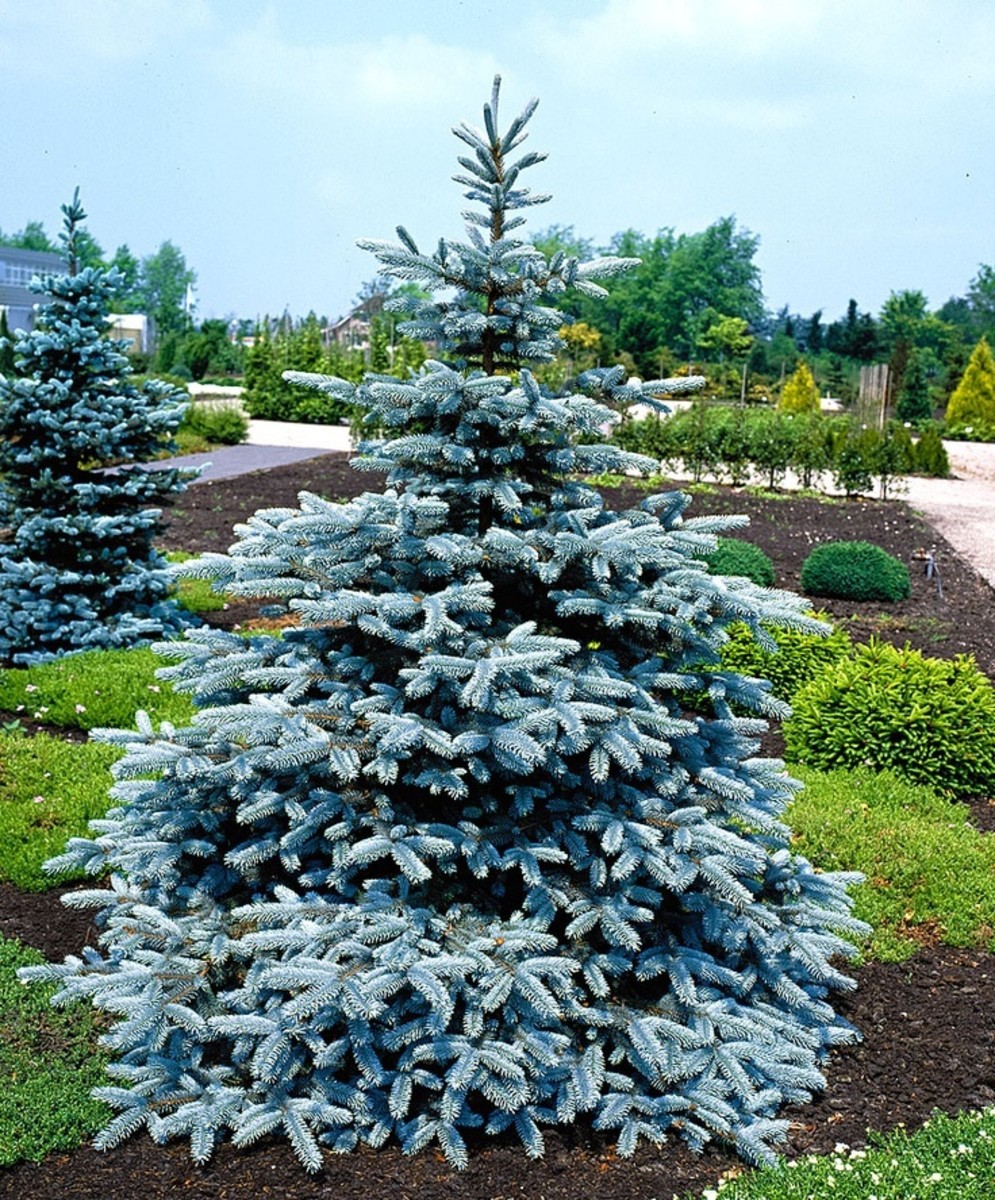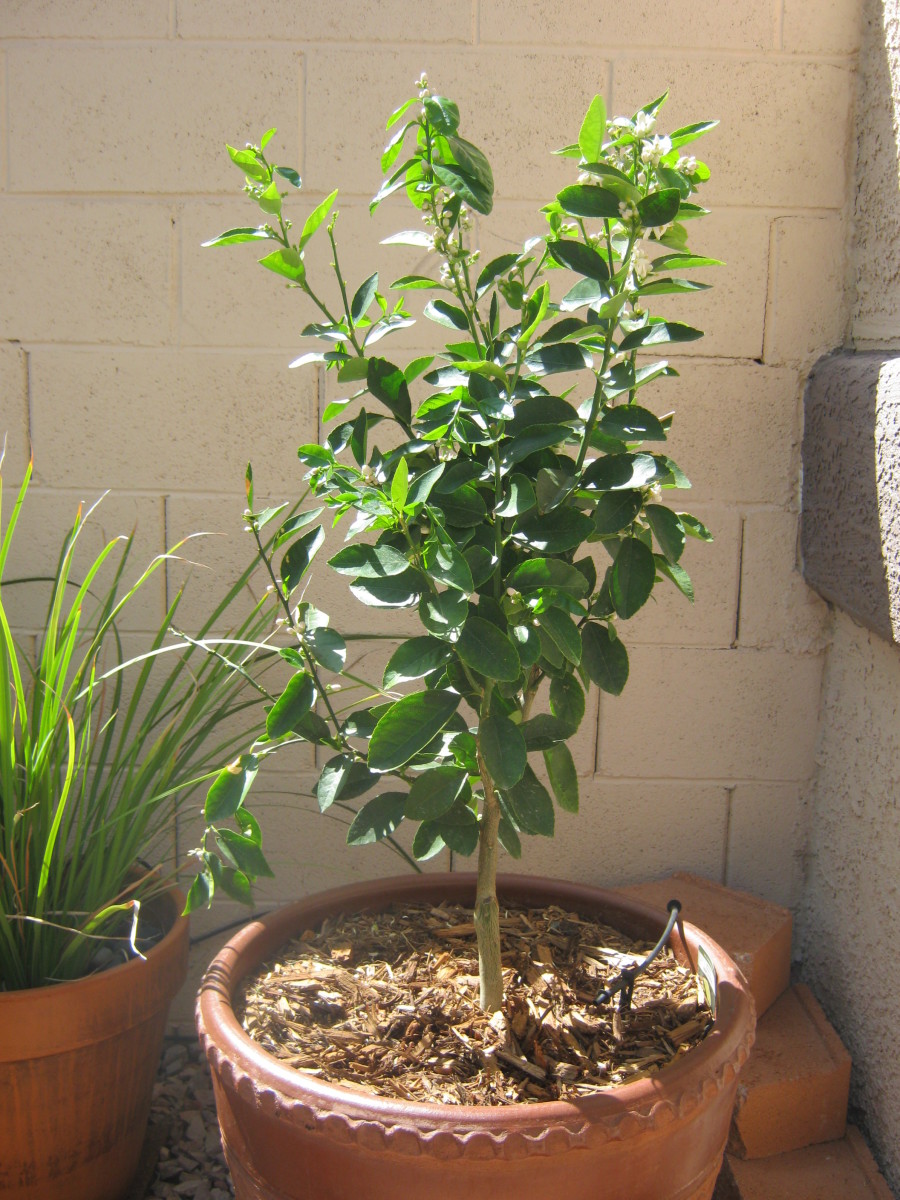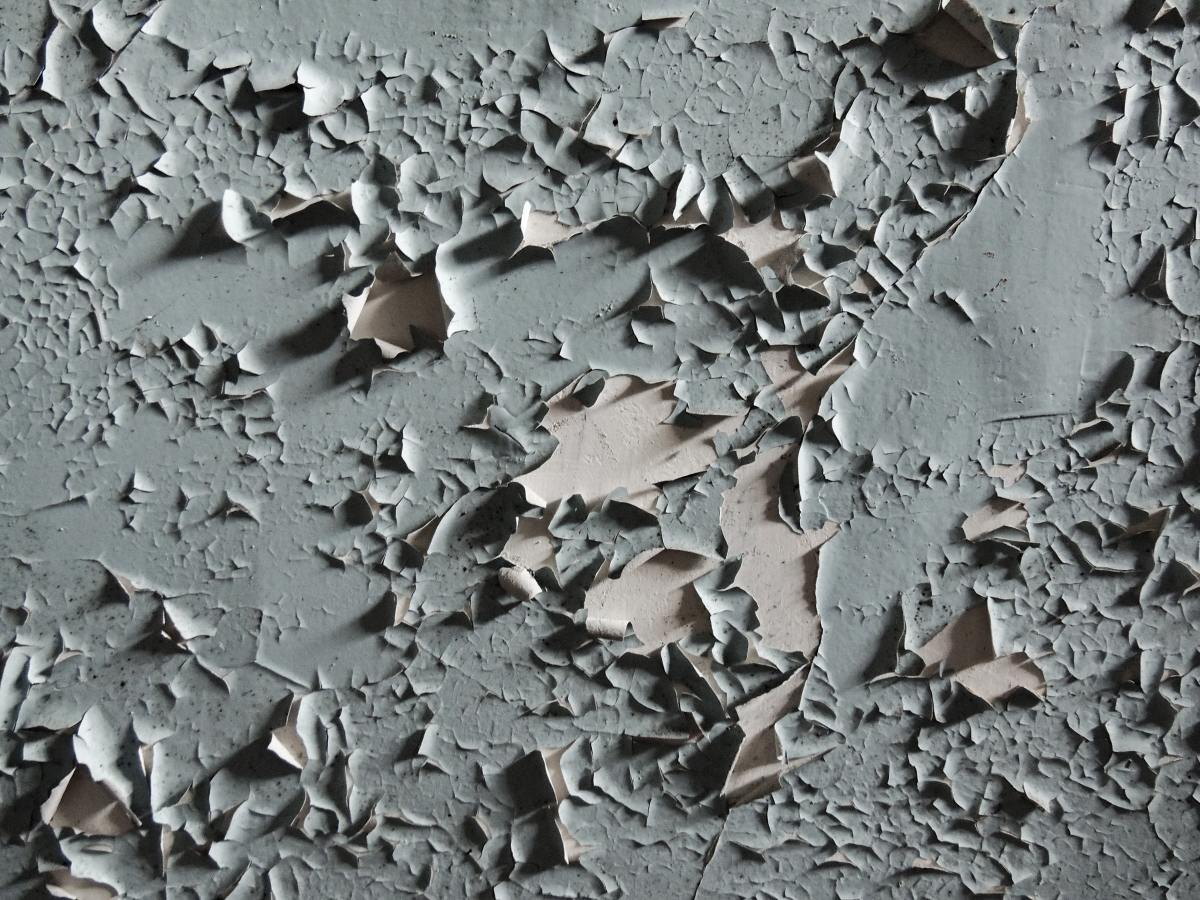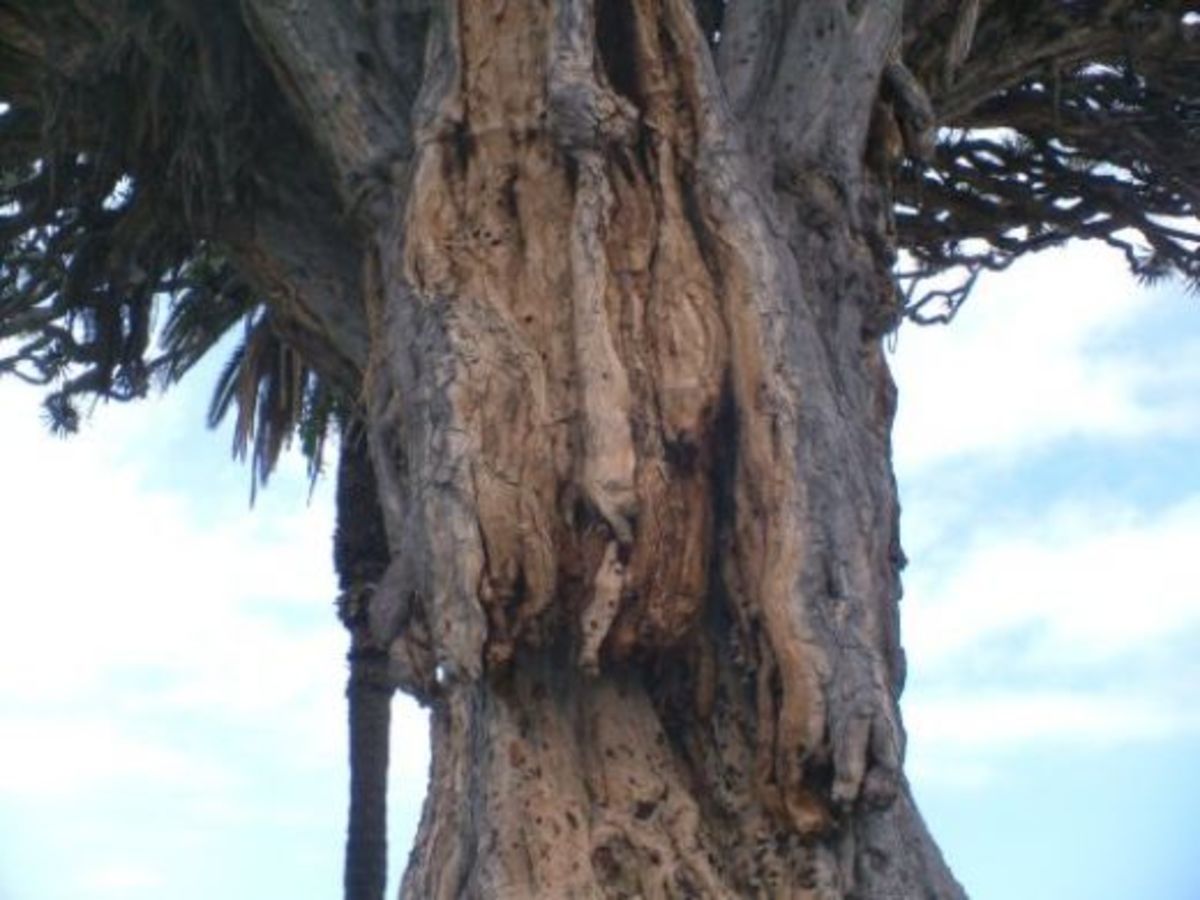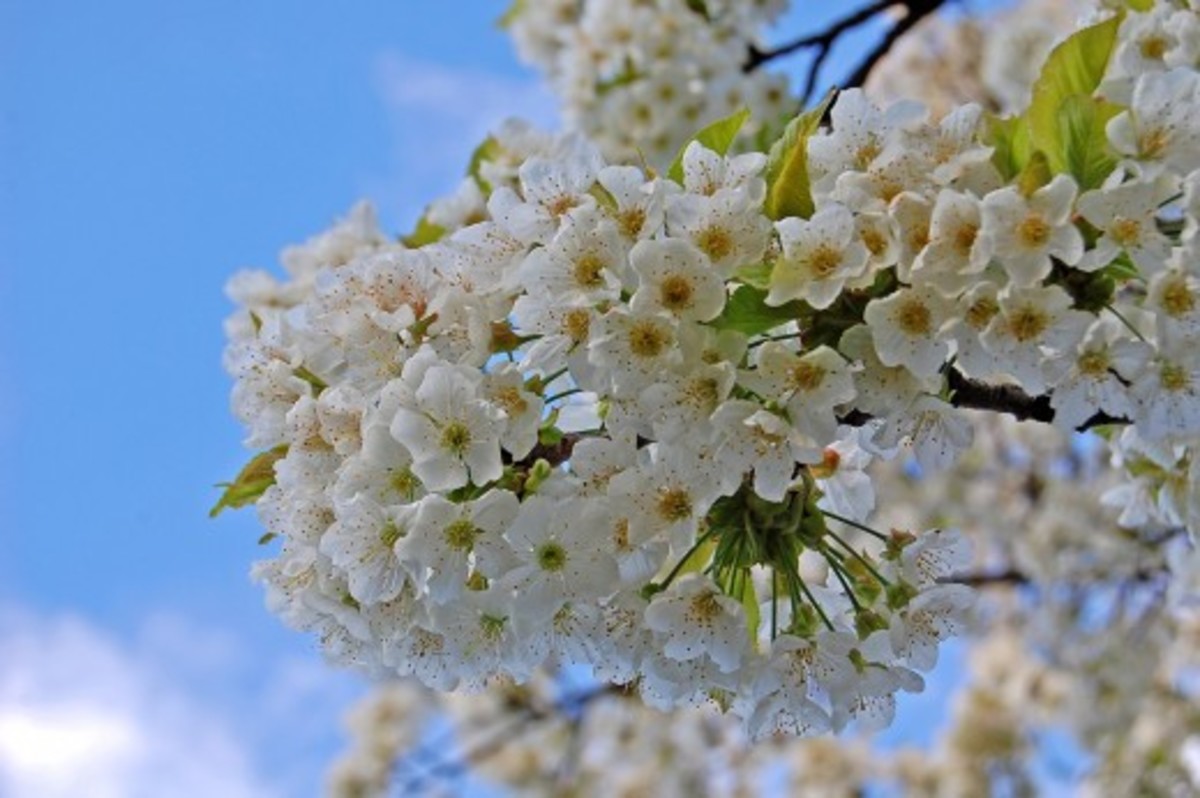Frost Crack
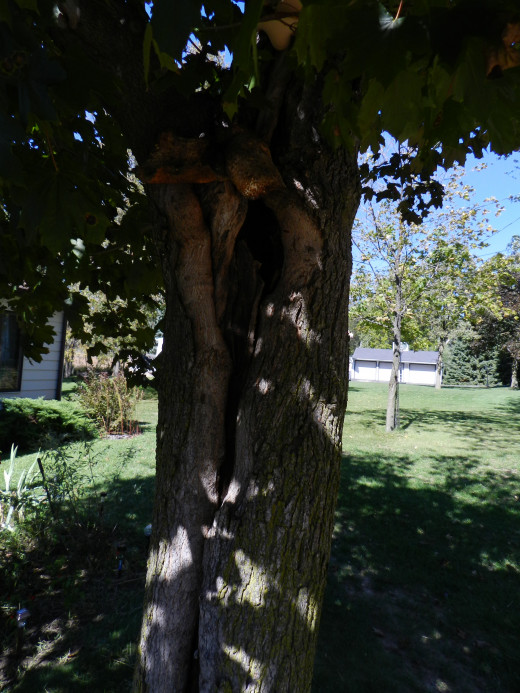
Frost Crack Overview
Frost crack is tree bark damage that is sometimes found on thin barked trees. Frost crack is visible as vertical fractures usually on southerly facing surfaces of tree trunks. It is a form of abiotic damage that usually forms from a preexistent wound, poorly removed limb, branch stubs, or healed wounds. Although, frost crack can occur without any previous damage or wounds. Frost crack should not be confused with sun scald which is slightly similar.
Frost crack is preventable with careful thinking. Little can be done once a frost crack has formed, so prevention is absolutely vital. A severe enough crack will ultimately kill the tree indirectly. Placement of young plants, windbreaks, winter protection, and wrappings can all reduce the possibility of frost cracking.

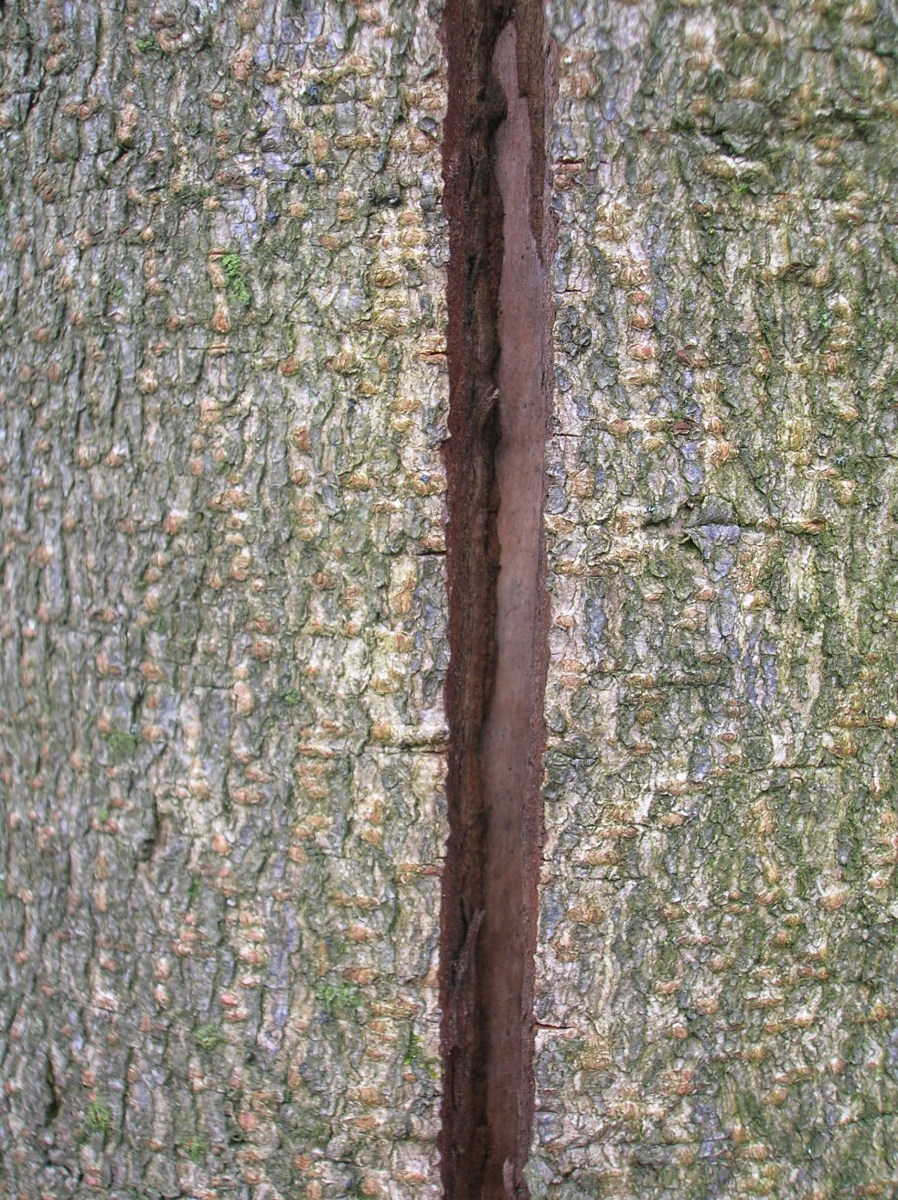
Frost Crack Symptoms
Frost crack damage can be noticed immediately, but most people do not notice it until spring. A vertical split down the trunk that resides on the southern side of the tree is usually a good indicator of frost cracking. Old cracks may have wood decomposing inside the crack which may cause branches to become necrotic and very unsightly. Frost cracks that are old may have mushrooms and fungi growing inside the rotten crack, as well as ants and other insects. Frost cracking will ultimately kill the tree indirectly by allowing pathogens, disease, and insects to enter. Cracked trees may show symptoms for many years before dying.
Origin of "Frost Crack"
The term "frost crack" originated because the sound of a sharp crack can be heard when the trunk splits. Sometimes the cracking is as loud as a rifle firing. The crack is caused by the inability of the bark to contract any further, which results in the sharp cracking sound. Very cold days with sunny skies are ideal conditions for frost cracking.


Frost Crack Causes
Frost crack is a form of abiotic damage usually found on thin barked trees on the southerly facing surfaces. Frost cracks are frequently the result of some sort of damage or weakness in the bark that occurred earlier in the tree’s life. Water in the phloem and xylem layers (water transport layers below the bark) expands and contracts during late winter and early spring.
Winter temperatures that fluctuate are the most apt to produce frost cracks within trees. Damaged bark does not contract the same way that healthy bark does. Sun heats the bark and the crack occurs when temperatures remain very cold or plummet. Sunny days with clear skies and cold temperatures are ideal conditions for frost cracking.
A loud cracking sound can sometimes be heard when the bark can no longer withstand the contraction of cold temperatures.

Frost Crack Prevention
Frost crack is preventable with careful thinking. Do not fertilize late into the season. New growth may begin after a fertilizer application and young growth is susceptible to frost cracking. Protect young trees from physical damage such as lawn mower and grass trimmer nicks, bad pruning techniques, grazing animals, and any other situation that could contribute damage to the bark.
Careful placement of new trees can prevent frost cracking by planting in areas that have winter protection. Wind breaks, structures, and other plants can help protect trees susceptible to frost cracking. Young trees can be wrapped in paper tree wraps from ground level to the first main branches to help protect from frost cracking. Avoid planting trees in open areas where the sun shines directly onto the trees.
Calloused Wounds
Trees damaged by frost cracking will attempt to seal the edges of the cracks by growing callous layers. The edges will begin to callous during the spring after the crack occurred. The wound may or may not close after many years. A calloused wound can easily split open during winter if the conditions for frost crack are prevalent.



